Empty gas tanks sound like the kind of mistake everyone makes once, laughs about, and moves on from. Yet in several states, coasting to a stop on a busy freeway or bridge is treated as a preventable hazard, not a harmless story. Lawmakers and highway patrols worry less about the embarrassment and more about crash risks, blocked lanes, and gridlock that follows. In those places, letting the gauge fall to zero can end with flashing lights, a tow truck, and an unwelcome fine.
Ohio: Tickets For Obstructing Traffic

Ohio drivers sometimes discover that an empty tank is treated less like bad luck and more like bad planning. Local officers can cite a stalled car for obstructing traffic when it stops in a live lane or blocks an intersection, especially on busy city arterials and freeway ramps. The focus is not moral judgment about fuel habits, but keeping crowded roads from seizing up because one driver ignored the warning light and failed to pull off safely in time.
New York: Out Of Gas On Bridges And Expressways

New York’s dense web of bridges, tunnels, and expressways leaves very little room for stalled vehicles. A car that quits in a travel lane because the tank ran dry can be treated much like an illegally parked vehicle on a no standing zone. Troopers and bridge authorities often write tickets for obstructing traffic or stopping where it is explicitly forbidden. In a region where one disabled car can ripple into miles of delay, preventable breakdowns draw little sympathy and plenty of enforcement.
California: Freeway Shoulders Are Not Fuel Stops
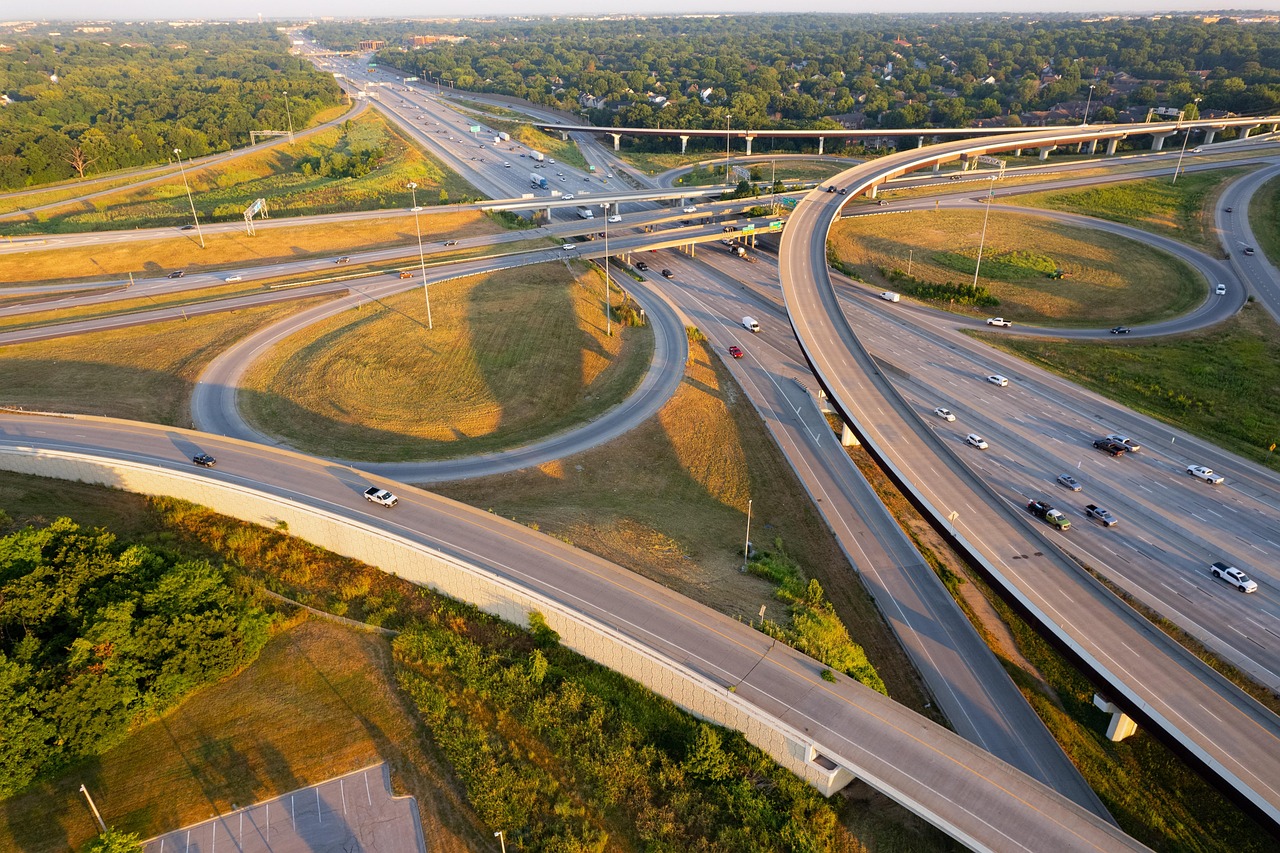
California’s massive freeway network is built on one core rule: traffic should keep moving. State law sharply limits stopping on freeways unless a real emergency makes it unavoidable, and running out of fuel is typically viewed as something that could have been prevented. When a car rolls to a halt in a lane or narrow shoulder, officers can cite the driver for unlawful stopping and creating a hazard. In heavy coastal corridors, that single lapse can back traffic up for miles.
Washington: No Gas, No Excuses On Key Spans

In Washington, high profile bridges and viaducts turn empty tanks into instant trouble. State patrol officers regularly warn that stopping on these structures is illegal unless a genuine emergency leaves no alternative. When a vehicle runs out of fuel mid span, the driver can face tickets for blocking traffic or illegal parking, even if hazard lights flash. On narrow decks above waterways and rail lines, there is simply nowhere to go when a lane is blocked, so enforcement tends to be brisk.
Florida: Hazard Lights Do Not Cancel Liability

Florida’s crowded coastal highways see a steady stream of disabled cars, and officers distinguish sharply between bad luck and avoidable breakdowns. A vehicle that runs out of gas and ends up partly in a lane rather than safely on the shoulder can draw citations for improper stopping and failure to maintain control. Hazard lights are expected, but they do not erase the legal problem if lanes stay blocked. In storm season or holiday traffic, one fuel lapse can ripple through an entire corridor.
Texas: No Stopping Means No Rolling To Empty

Texas treats its urban freeways as fast moving corridors where voluntary stops are simply off the table. State rules and local ordinances often forbid stopping on posted sections except when traffic itself has halted or a real emergency strikes. When a driver allows a tank to run dry on an elevated ramp or frontage connection, officers can respond with tickets for blocking traffic or ignoring no stopping zones. With trucks, commuters, and long distance travelers packed together, preventable stalls become serious incidents.
New Jersey: Congested Highways And Careless Driving
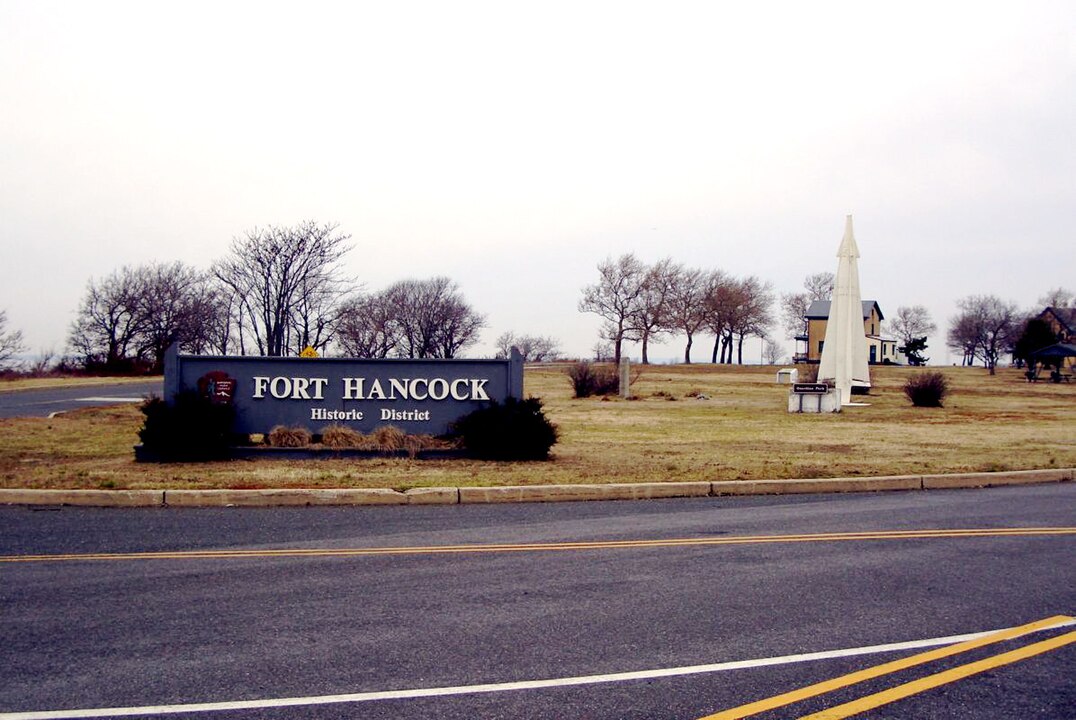
New Jersey’s mix of parkways, toll roads, and dense suburban arteries leaves little tolerance for stalled vehicles in active lanes. A car that runs out of fuel and stops on a shoulderless section can expose the driver to tickets for obstructing traffic and careless driving. Local police and state troopers view such breakdowns as avoidable, especially near interchanges where lane changes are already sharp and frequent. In a state known for heavy congestion, keeping lanes clear is treated as a basic safety requirement.
Illinois: Tollways And Rural Highways Alike
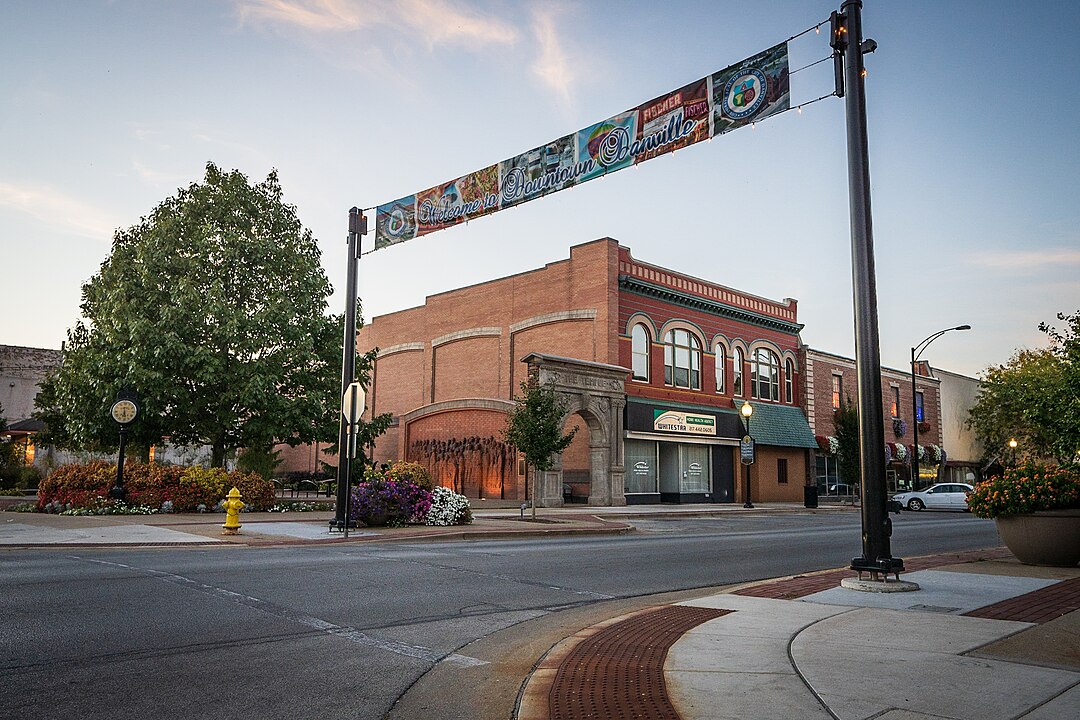
Illinois law restricts stopping on many roads when it is practical to move completely off the pavement, and that includes drivers who let tanks run to zero. On tollways and major interstates, abandoned or disabled vehicles can be quickly towed, with the owner facing fines for obstructing traffic. Even on rural stretches, a stalled car in the lane is treated as a risk to fast moving trucks and nighttime motorists. Running out of gas is seen as an error that does not excuse the blockage.
Pennsylvania: Shoulders, Turnpikes, And Responsibility
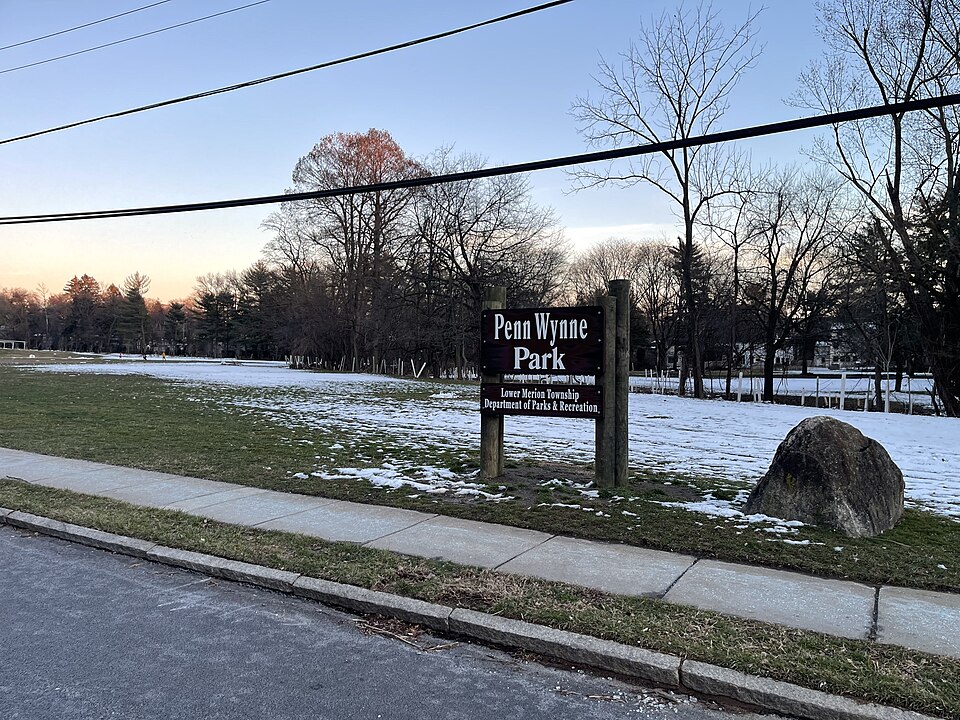
Pennsylvania’s interstate network and the Pennsylvania Turnpike place a high premium on proper use of shoulders and pull offs. When a vehicle fails to reach a safe area because it ran out of fuel, troopers can treat the stop as improper and issue citations for blocking or impeding traffic. The expectation is that vehicles entering long grades and tunnels do so in reliable condition, with enough fuel to complete the segment. A dry tank in the wrong spot can quickly turn routine patrols into emergency response.
Colorado: Mountain Grades Magnify The Stakes
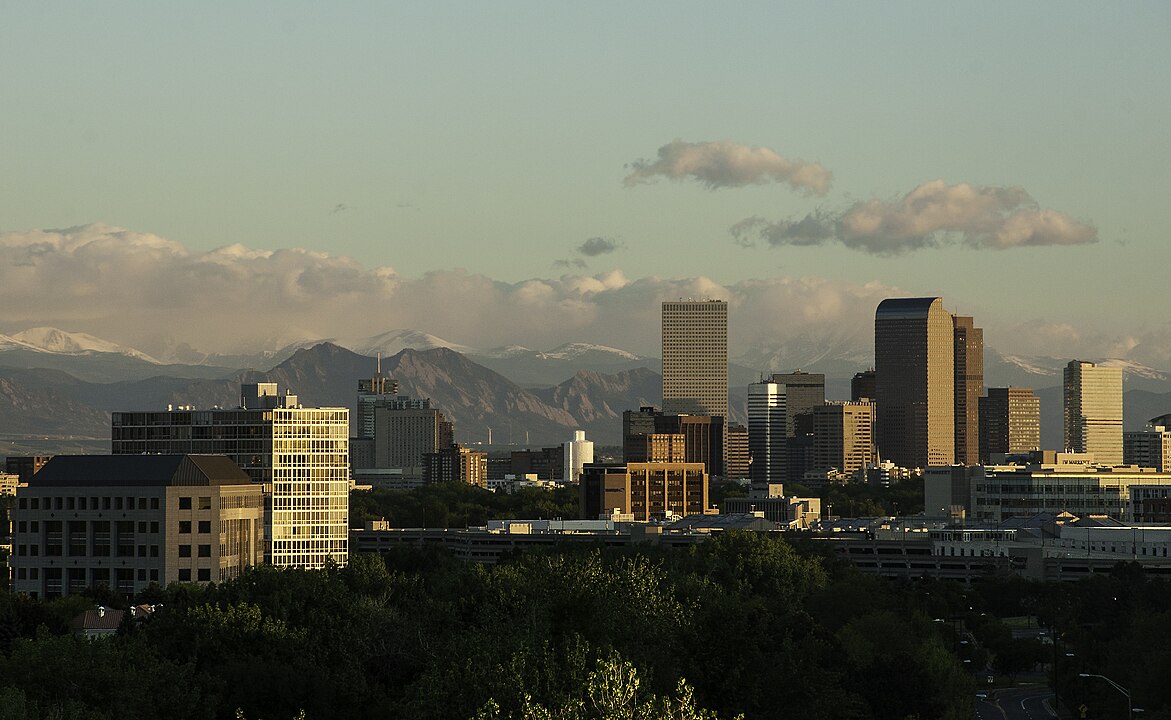
Colorado’s steep mountain passes and canyon highways can turn a dead engine into a life threatening obstacle. When a car loses power in a climbing lane or narrow curve because the tank is empty, officers often rely on laws against obstructing traffic and unsafe stopping. Tow crews race to remove stalled vehicles before downhill trucks or winter weather make the scene worse. In that environment, treating fuel as a casual detail is not just careless; it can become a ticketable offense with real safety consequences.


